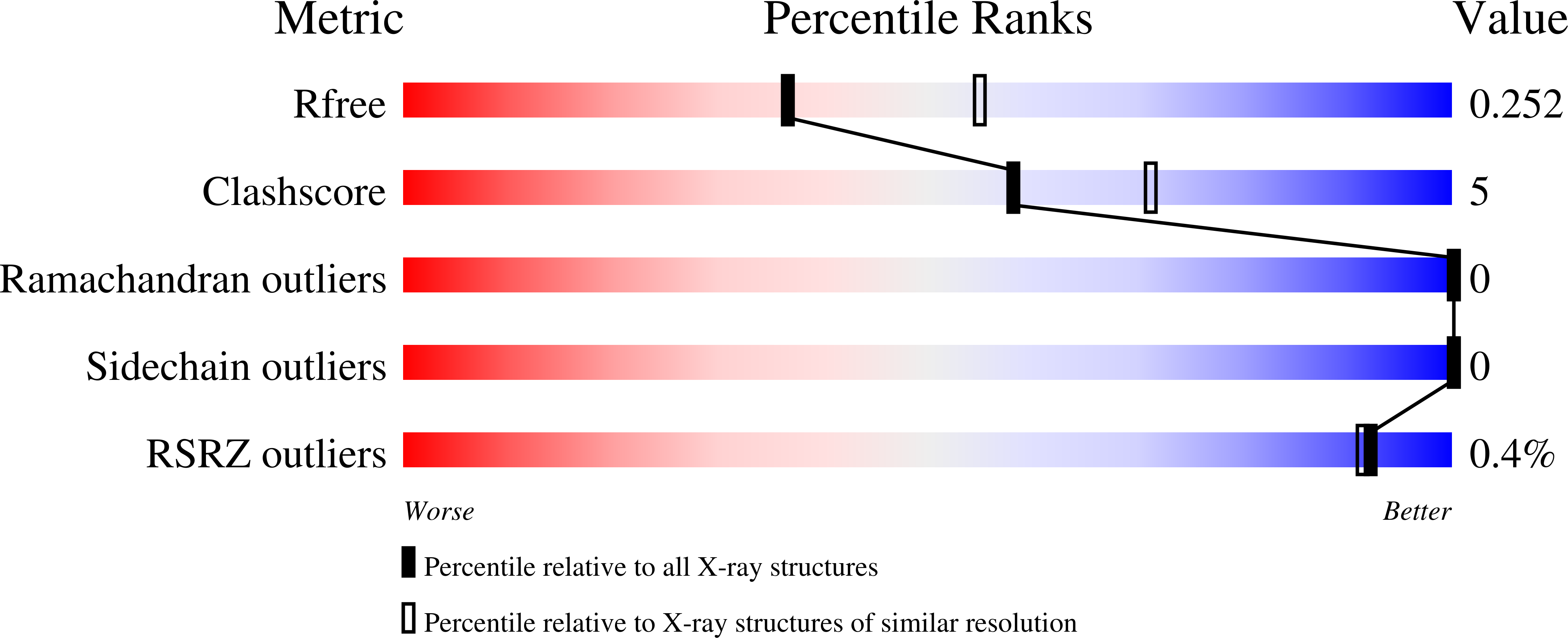
Deposition Date
2021-07-29
Release Date
2022-01-05
Last Version Date
2024-11-13
Entry Detail
PDB ID:
7RN7
Keywords:
Title:
Crystal structure of caspase-3 with inhibitor Ac-VD(Aly)VD-CHO
Biological Source:
Source Organism:
Homo sapiens (Taxon ID: 9606)
synthetic construct (Taxon ID: 32630)
synthetic construct (Taxon ID: 32630)
Host Organism:
Method Details:
Experimental Method:
Resolution:
2.40 Å
R-Value Free:
0.25
R-Value Work:
0.18
R-Value Observed:
0.19
Space Group:
P 1 21 1


